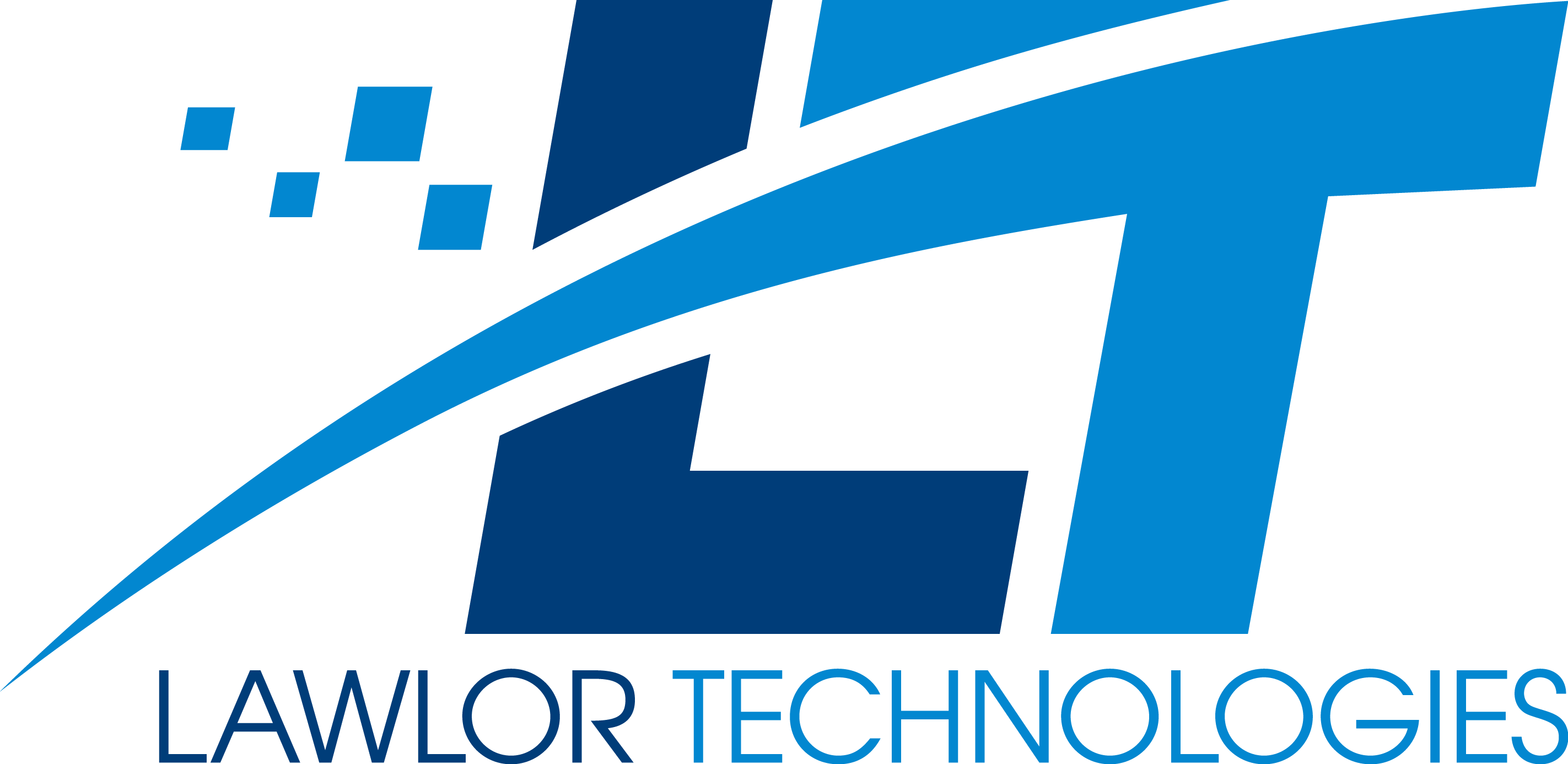Over the last 10 years mobile apps have really changed our day-to-day lives, especially with the likes of social networking apps. Do you know what’s involved making an app behind the scenes? We thought we would break this down into stages for those interested and also as a result offer transparency of how we do things at Lawlor Technologies.
1: Features, Requirements and Problem Solving
The first stage consists of understanding:
- what the purpose of the app is
- what it hopes to achieve
- and what value it will bring to it’s users
Usually the purpose of an enterprise app is to save time through the use of technology. Using our technical knowledge we are able to present a solution to our client that will save them time and therefore costs through a mobile app. Not only do we love solving these problems, but we also get the opportunity to understand how other industries work.
We detail the difference between an enterprise app and a consumer app in this blog post.
2: Interactive Prototype (Optional)
Before starting development we offer to make an interactive prototype for our client which helps get a clear vision of how the UI (User Interface) and UX (User Experience) will feel. This also saves time later as potential UX problems can be dealt with before development.
Interactive Prototypes are also useful for those looking to seek investment for their app. It allows you to present how you app will look and how it will flow. This stage can act as a pause point between the us and the client, meaning when investment has been funded, we can pick right back up where we left off and move onto the next stage.
3: Estimate and Project Plan
Once all parties are happy with the detailed wants and needs, we then estimate how long the app will take to develop. We do this by breaking down each features into small individual tasks and estimating how many hours each task will take. This is then applied to our daily developer rate to get a total cost. You can get an idea of how much our app development services cost using our app calculator.
4: Proposal
Now that we have all the requirements, app screens, estimated costs and timeframes, we can put together a proposal for the client. This includes other details such as what technologies we will use to build it, billing schedules and risk assessments.
5: Development
When the app has been approved to go ahead by the client, we can then start development work whether that is for the front-end, backend, or both. Throughout the development we like to have regular meetings with our clients, whether that be via video calls or face-to-face. This allows us to ensure the project is on the right direction and shows our clients we are on track for completion – making sure everyone is kept in the loop.
6: Testing
After each feature is developed we test it in various ways to make sure it won’t cause any problems. This includes testing it on different types of devices, screen sizes and operating systems. If something isn’t working as it should then we will flag it up as a bug, fix it and then re-test.
7: Deployment
When the project is complete, or that version of the project, then we will do a complete run through of the app with our client to make sure they are happy with it then we will deploy it to the appropriate app stores.

I hope this short blog post helped you get a better understanding about not just how apps are developed, but how we develop them at Lawlor Technologies.

